India Is Going Big on New Fighters; Lockheed, Boeing Pledge Indian Plants
Posted on
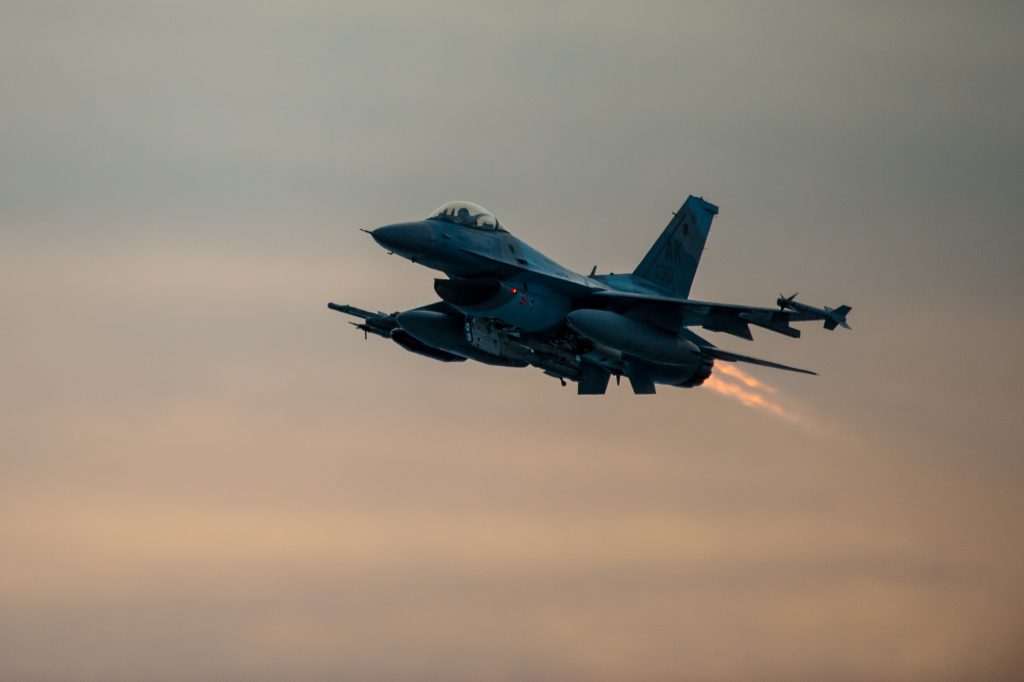
WASHINGTON: Two of the world’s largest defense contractors are promising to move production of their US-made fighter aircraft to India should they be awarded lucrative new contracts, signaling a major victory for Prime Minister Modi’s “Make in India” campaign, and a potentially stinging defeat for the Russian arms industry.
The dual Indian competitions for roughly 170 planes join an increasingly crowded international battlefield pitting Boeing’s F/A18 Super Hornet against Lockheed Martin’s F-35 and F-16V. Added to the mix are open competitions in Germany, Finland, and Switzerland, all of which pit a new generation of European fourth-generation aircraft that have won big elsewhere.
India has for years been the world’s largest importer of foreign weaponry, and along the way has developed a well-earned reputation for confounding its foreign partners with last-minute cancellations, major changes in requirements, and delays that have set multi-billion dollar projects on their ear.
But what’s at stake in India — a solid foothold set to last decades — has brought not only Boeing and Lockheed to the table, but Dassault Aviation of France, the European Eurofighter consortium, Sweden’s Saab, and United Aircraft Corporation of Russia, all of whom are jockeying for position for a $15 billion air force tender for 110 planes, and $8 billion navy offer for around 60 aircraft. Both programs also hold the promise of years of maintenance and upgrades, where much of the real money in international arms sales is made.
Steady as it goes
When companies look to lock down a deal with the Indian government, “a prerequisite for winning it is considerable stamina,” said Douglas Barrie, Senior Fellow for Military Aerospace at IISS, a London-based think tank.
Indian projects are notoriously slow and complicated affairs with plenty of infighting within the Indian government over budgets, requirements, and timelines that test the patience of even the most seasoned defense contractor. If a company harbors any hope of winning, “you’ve got to be there for the duration,” Barrie added. “That said, things do get bought and built. So the prize at the end is significant if you can manage to stay the course.”
If and when these aircraft do get built, two US companies, in particular, plan to build them in India.
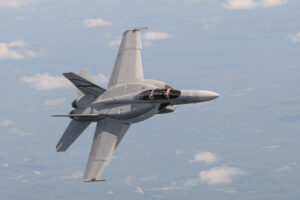
Boeing Advanced Super Hornet.
The fighter plane deals are large enough that “we’re prepared to put a new factory in India,” Thom Breckenridge, vice president of international sales for strike, surveillance and mobility programs at Boeing, told me. The company is partnering with Hindustan Aeronautics Limited and Mahindra Defence Systems on the packages for the Super Hornet.
The company has already established a foothold in India. Last year, Boeing announced that it launched a joint venture with Indian company Tata to build all fuselages in India for the Apache helicopter sold worldwide.
For the two aircraft programs, “the way we’ve been thinking about that is what is produced in India would be for India,” Breckenridge said, noting that the company has a long history of industrial production programs with other countries like Japan where “we’ve done a lot of deep industrial cooperation.”
Lockheed Martin has also become increasingly involved in India, and will move all future production of the F-16 to India if it wins the air force contract.
“We will produce F-16s in Greenville, South Carolina—for Bahrain, Slovakia and other international customers—for the foreseeable future,” company spokesman John Losinger told me. “Future exports from India and other ‘Make in India’ industrial opportunities will be determined once India selects its next fighter for the Indian Air Force.”
Last year, Lockheed Martin entered into a partnership with Tata to build F-16 wings in India, but that work has not started yet. “We plan to build F-16 wings in India for future customers regardless of which fighter aircraft India chooses,” Losinger said.
Some of that future work in India could include a deal the US government and Bulgaria have just began discussions over for Bulgaria’s potential acquisition of new F-16 Block 70 aircraft. At the same time, four other countries are looking to upgrade to the F-16V configuration, totaling about 400 aircraft altogether.
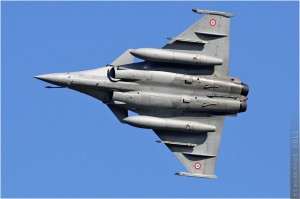
Rafale fighter.
The other competitors for the Indian air force contract — Dassault Aviation’s Rafale, the Eurofighter consortium’s Typhoon, Russian Aircraft Corp’s MiG 35, and Saab’s Gripen have also pledged to build aircraft in India.
The Navy contract is being fought over by many of the same platforms: Rafale, Super Hornet, Gripen, and the MiG-29K.
A little bit of everything
The Indian air force already flies what might be the most international air fleet on the planet, with French Rafale and Mirage fighters, but also Russian MiG 21s, 27s, and 29s, Sukhoi Su-30s, British Jaguars, American C-17 and C-130 transport aircraft along with a bevy of trainers, drones, and cargo planes sourced from around the world. The Navy is in a similar situation, with submarines made domestically, as well as variants made in Russia, France, and Germany, and surface ships made in India, Russia, Poland, the United States, South Korea, Israel, and Italy.
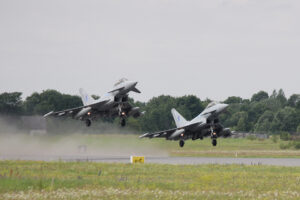
Royal Air Force Eurofighter Typhoons.
While India has been the world’s largest importer of arms in recent years, and the United States accounts for only about 12 percent of those imports — Russia is historically New Delhi’s main supplier — but the US share is expected to grow 6.2 percent annually through 2023, according to a 2018 study by Avascent, a consulting firm.
In order to get after that, the Obama administration designated India a “major defense partner” in 2016, a designation that grants New Delhi access to sensitive U.S. defense technologies at a level comparable to NATO allies. The move put pressure on Russia, which had just lost out on a $3 billion deal to Boeing for Apache and Chinook helicopters for which Moscow offered its Mi-28 Havoc and Mi-26 helicopters. Last year, New Delhi requested to increase its AH-64E Apache order with an additional six units.
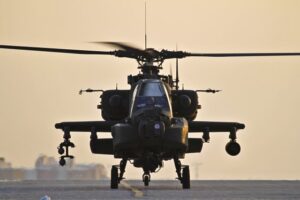
American AH-64E Apache attack helicopter
In recent years, France has emerged as the big winner in several hard-fought awards, inking an $8.6 billion contract with New Delhi for the first foreign sale ever of 36 Rafales in 2016 — which will serve as India’s primary nuclear delivery aircraft — and a $4.6 billion deal for six Scorpene-class submarines signed in 2005. Most of the work on the subs will be done at the Mazagon dockyard in Mumbai.
But Russia isn’t going anywhere. Moscow is on the verge of finalizing a $3.2 billion contract for four S-400 surface-to-air missile systems with India, part of about $12 billion worth of Russian arms deals in the works with the Indian government. Both governments have said that despite the threat of US sanctions against India for going through with the deal, it appears to be on track, and is “proof of the special nature of the ties between India and Russia,” as the Russian ambassador to India said last month.
The companies involved in the contests for the 170 aircraft are no doubt casting a wary eye on these newest tenders, with fresh memories of the Indian air force’s predecessor program, launched in 2007, which also sought dozens of multi-role combat aircraft. After shuffling along for a decade, the program was abandoned with little explanation.
For now, however, the new fighter deal is on. Until it’s not.
Subscribe to our newsletter
Promotions, new products and sales. Directly to your inbox.
